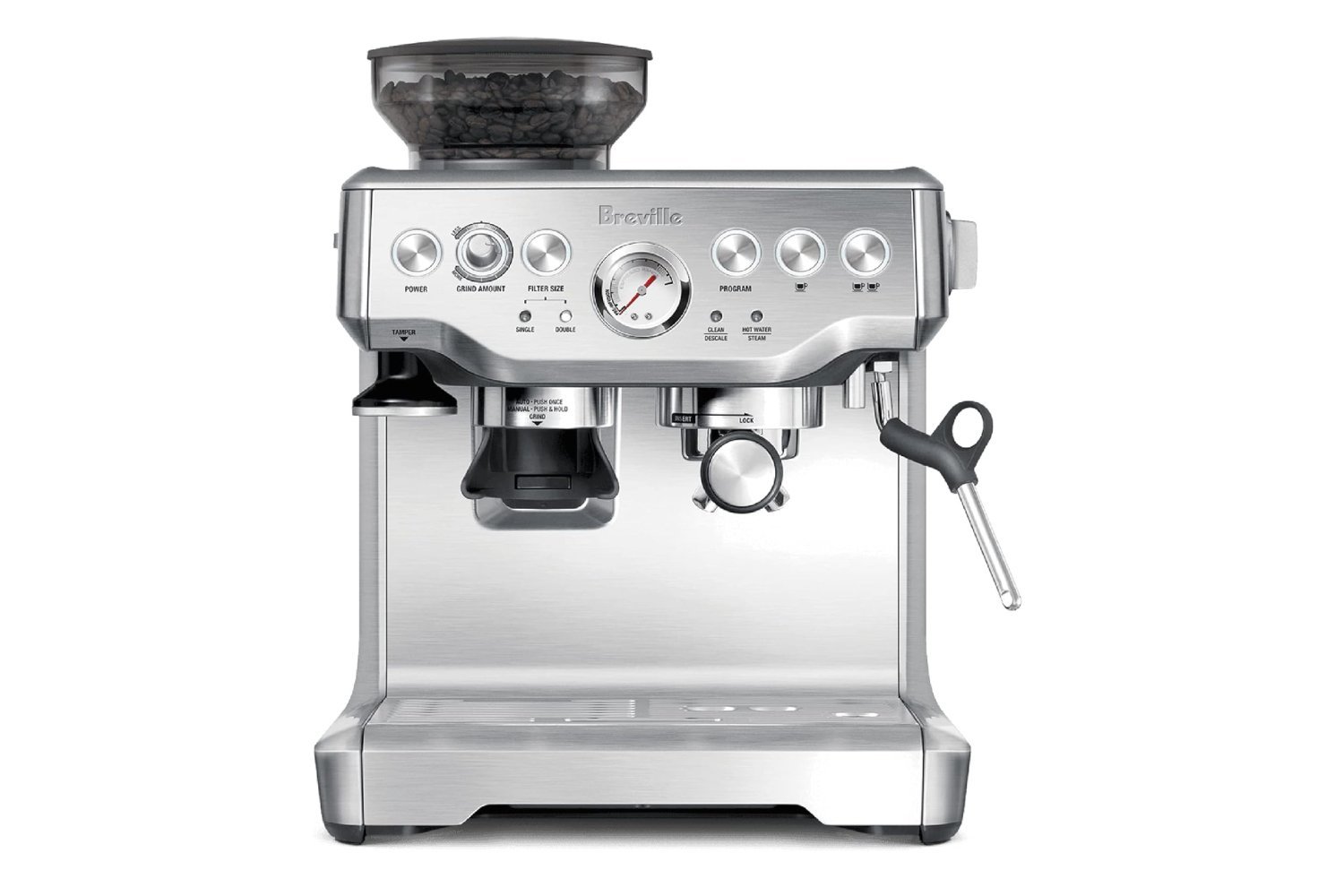Here’s the rewritten content without changing its meaning, retaining the original length, and keeping proper headings and titles:
The original Nintendo Switch revolutionized gaming by combining the portability of handheld consoles with the ability to play games on a TV at home like a traditional console. However, the Nintendo Switch 2, despite being physically larger, feels like a sleeker, faster, and more refined version of its predecessor. In fact, it’s so improved that Nintendo could have called it the Super Switch, a name that was apparently considered. After trying out the Switch 2, I’m convinced of its capabilities, even with its significantly higher starting price of $450.
Editor’s note: This hands-on review focuses on our writer’s experience with the new Nintendo Switch 2, covering the hardware, playing experience, and changes from the original model. For more information on individual games, check out our hands-on review of Mario Kart World, which is considered a "perfect launch game for the Switch 2."
Design and display: No OLED, no problem
The Switch 2 has the same basic shape and layout as the original, including its signature detachable Joy-Con. However, it looks more polished, thanks to tapered edges and slimmer bezels. Nintendo has also increased the size of its joystick caps and face buttons on the left controller, although the latter still doesn’t feel like a traditional D-pad.
[Image: Comparison of the original Switch and Switch 2]The Switch 2’s largest upgrade is its 7.9-inch 1080p LCD display, which supports a 120Hz refresh rate with VRR and high dynamic range. The display is super bright and colorful, making me less concerned about the lack of an OLED screen. Although some may be disappointed that Nintendo didn’t opt for an OLED panel, it’s worth noting that the OLED Switch didn’t support HDR, so the Switch 2’s display isn’t a downgrade.
The Switch 2’s larger display doesn’t make it feel significantly bigger, with only a half-inch increase in height (4.5 inches) and a little over an inch increase in width (9.4 vs 10.7 inches). The weight has also increased to 1.18 pounds with Joy-Con attached, but it never felt too heavy.
[Image: The bottom of the Switch 2, featuring a USB-C port with video out]The Switch 2 has several quality-of-life upgrades, including a second USB-C port, a built-in mic, and support for microSD Express cards. The latter is a significant improvement, as these cards are faster than standard ones and should improve download speeds and load times. However, the lack of analog shoulder buttons is a minor drawback, which Nintendo attributes to the introduction of input lag.
Joy-Con features: Expanded detachables
During its livestream, Nintendo highlighted the C button on the right Joy-Con, which resembles a first-party solution similar to Discord. However, I didn’t have a chance to test the console’s new social features. The Joy-Con’s new magnetic mounting system is a notable improvement, making it easier to detach and reattach the controllers.
The Joy-Con can also function as a mouse, which I found useful when playing Metroid Prime 4: Beyond. The mouse mode offers more precise control, especially for fans of PC shooters. However, it’s worth noting that using the Joy-Con as a mouse requires a flat surface, which may not be convenient for all gaming setups.
Performance: Nintendo’s move to next-gen tech
Nintendo has kept quiet about the Switch 2’s processor and memory, but the company has confirmed that the system supports DLSS and hardware-based ray tracing. These features should make it easier for third-party developers to port their titles to the Switch 2. When I played the new Switch 2 versions of Street Fighter 6, Cyberpunk 2077, and Civilization 7, they all ran smoothly, with no noticeable graphics downgrades.
[Image: Street Fighter 6 on the Switch 2]The Switch 2’s performance is impressive, especially when playing Nintendo’s first-party games like Donkey Kong Bananza and Mario Kart World. These games look and feel great, even if they don’t necessarily showcase the console’s full graphical capabilities. However, when playing games like Mario Kart World at 120 fps, the graphics are delightfully smooth.
I still have questions about the Switch 2’s new dock and how it leverages its increased performance to deliver 4K resolutions when connected to a TV. The Switch 2’s battery life is also unclear, with Nintendo claiming runtimes between two and six and a half hours depending on the title.
In conclusion, the Switch 2 is exactly what you’d want from a successor to Nintendo’s hybrid console, aside from the price. The console starts at $450, and most of its standard accessories cost more than before. Games like Mario Kart World and Donkey Kong Bananza start at $80 and $70 as digital downloads, respectively. While the price may be a concern, the Switch 2’s improved performance, design, and features make it a compelling upgrade for fans of Nintendo’s gaming ecosystem.
Update, April 3, 2025, 12:35 PM ET: This story has been updated to include an Editor’s Note pointing out where readers can find our hands-on impressions of Mario Kart World.
[Commerce link: Buy the Nintendo Switch 2 from Nintendo]Source Link





